
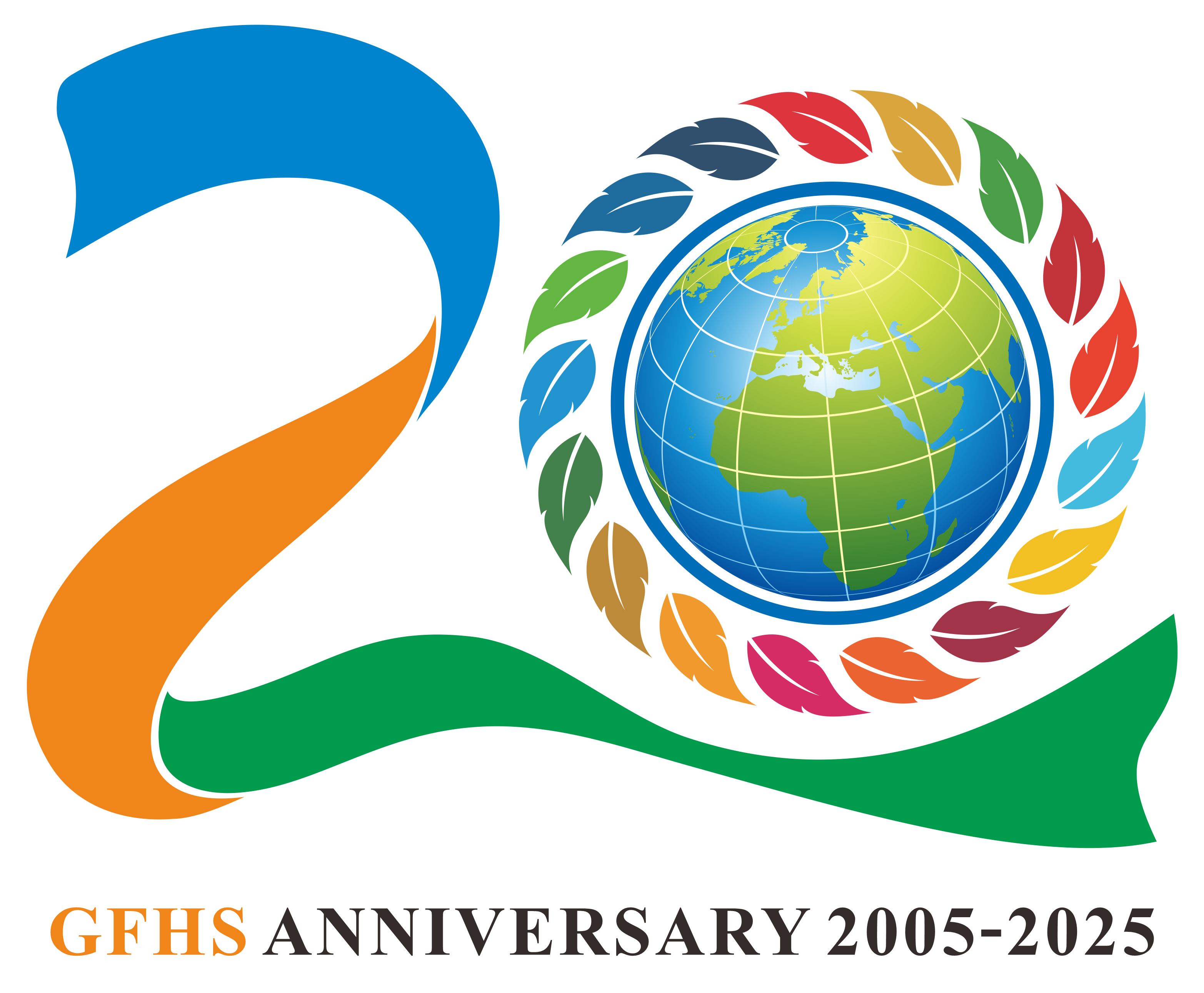

Committed to Sustainable Cities and Human Settlements for All

In Special Consultative Status with ECOSOC
Search
NameDescriptionContent
Home>>Text
Kelly Wang: The Forest City-- A Perfect Paradigm Which Can Lead the Future
Source:
|
Author:gfhsforum
|
Published time: 2017-11-21
|
1893 Views
|
Share:

Kelly Wang, Vice General Manager, Overseas Division,
Country Garden Holdings Co, Ltd.
Country Garden Holdings Co, Ltd.
Forest City is strategically located in the fast-growing Iskandar Development Region, Malaysia, injecting another source of growth in ASEAN. It stands adjacent to Tuas second link, covering an area of 30 KM2, including four man-made islands, an industrial building system base, and a golf resort. Country Garden partnered with Malaysian government-backed Esplanade Danga 88 to build an innovative green and smart city with industry integration, building a model of future cities. By attracting financial institutes, R&D center for technology and biotech along with various innovative industries, Forest City is expected to create 220,000 job opportunities for Malaysia, realizing a peaceful co- existence of lifestyle and business development. It adopts a cutting-edge city development concept, combining spacious walkways, multicultural entertainment facilities and fascinating tropical landscape, all of these elements combine above will definitely attract young Malaysians to settle down at Forest City. Meanwhile, Forest City also connects the world with various transportation possibilities, including a highly developed waterway transportation, railway transportation to Singapore, and a light rail transit on the highway of Malaysia.
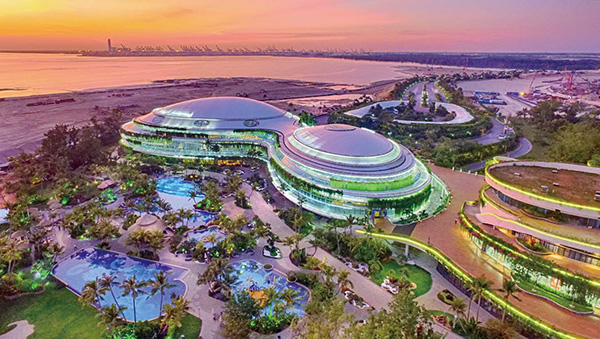
Forest City partners with Sasaki, the top-notch city planning company, to merge the state of the art city planning concept—3D multilayered concept to build a vibrate and healthy urban city for world citizen. The city will be covered by lush green and parks with no cars traversing above ground. This is going to be a tranquil, peaceful and relaxing urban city. All vehicles are placed underground, spacious parking spaces and roads form an extremely convenient transportation network. Forest City manifests a new design paradigm for public space by various inland and waterfront parks: a public walkway will be built on an elevated platform, and the walkway connects all parks and gardens. As one of the iconic designs of Forest City, this public walkway will become the largest green rooftop system, which on the one hand, provides shelters for animals, and on the other hand, serves as rainwater and flood treatment solution. Another iconic design is the vertical greening.
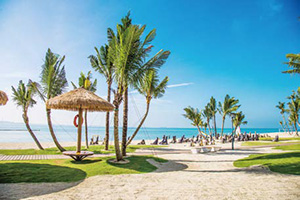
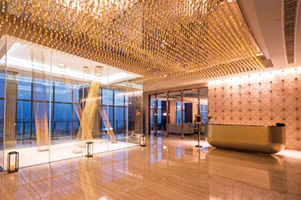
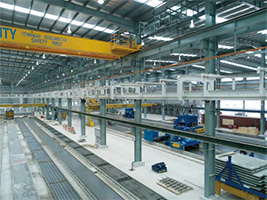
Another distinguished feature of Forest City is the harmonious co-existence between nature and city development. People can enjoy a spectacular ocean view by standing on the iconic tower and the residence complex located in the central business area. What’s more, an interconnected waterfront park network allows both residents and visitors to get to know the unique ecosystem inside the Forest City. The mangrove surrounding the islands and a healthy marine ecosystem are equally important at Forest City. The mangrove protect area serves as a crucial natural reserve and improves the water quality. Apart from the mangrove reserve, there’re a variety of waterfront experiences to promote the interaction between man and nature. The purpose of designing these is to simulate the real ecosystem of Malaysian coastlines, including the shoal environment and tides that are closely related to local fishermen.
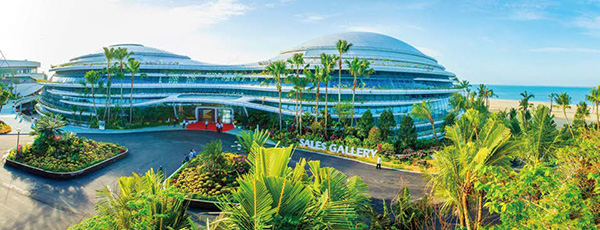
Sustainability runs in the core planning vision for Forest City. On 9th January 2015, the EIA Environment Impact Assessment) was approved by Malaysia’s Ministry of Natural Resources and Environment and other environmental authorities. The EIA certificate is a set of rules and regulations on environmental protection. All 81 criteria need to be met in order to obtain this certificate. As the city is being built, we realized that there might have some certain amount environmental impacts. To tackle this potential hazard, a set of effective strategies and solutions are being formulated in advance, and internal management is being improved to minimize the detrimental effect to local environment. For instance, Forest City has entrusted the best seaweed research team in Malaysia to monitor its living condition status. And an online water quality monitoring system was established to capture even the tiniest fluctuation at the nearby water.
Responding to the nation's call for promoting a green construction industry, Forest City made full use of its technological resources to build an IBS base spanning 1.7 KM2. Industrialized Building System, or IBS, refers to the new production mode, where construction parts are manufactured in a modernized factory, then delivered to the construction site to be assembled. Compared to the conventional construction methods, IBS standardizes the design process, while digitizing, automating and modernizing the processes of construction and building parts production. This improves the products' quality while making the best use of resources, presenting a more efficient, safer and cleaner alternative to the conventional method. Not only is this a more environmentally-friendly option, it would also provide training and employment opportunities in the evolving construction industry, promoting productivity and economic development in the region.
Relying on the strong development momentum of Forest City, the base will become one of the top in Asia, or even the world, integrating the entire industry chain into a modern production base of construction products. It will fuse construction design, precast concrete production, transportation, processing of accessories, assembly construction, research and development. This aligns with Malaysia's strategy of becoming a developed country through automation and modernization. Currently, Phase 1 precast concrete factory has commenced production. This factory is designed to produce 260,000 M3 of concrete, equivalent to the required parts of 1 million M2 of built area, making it the biggest in Asia. After visiting Forest City IBS Base, Malaysia's International Trade and Industry Minister praised it for embracing an environmentallyfriendly, efficient and safe construction concept. Forest City IBS Base will proceed to Phase 2 construction in 2017, which will add two factories of similar production capacity as that of Phase 1. When completed, the extra capacity will propel Forest City IBS Base to be the world's biggest. Succeeding factories will similarly be in strategic partnerships with top-notch companies in the sector to ensure Forest City's leadership in the industry on a global level.
To build one of Malaysia's architectural icons and witness further economic growth and development in Malacca Strait, Country Garden invited a team of renowned architects panel to hold an international design competition on August, 2016. After four months’ competition, the final draft design had been chosen. The team then spent another year finalizing the draft into a final design. The Landmark Building is planned to be developed in three phases: phase 1 tower will be featuring a contemporary mixed-use building with functions covering green office, MICE facilities, an infinity swimming pool, a duty-free shopping center, customizable conference centers and a VIP Sky Club.
Defined by a modern architectural style, the design concept behind the Landmark Building also fuses naturally with its surrounding environment, with plants covered on the façade of the building, creating a green building that literally breathes. The building's huge glass walls will also give a 270-degree view of the ocean.
As a new globalized city serving as a prime model of future cities, Forest City combines unprecedented city capital and intelligence, bringing more innovations, talents, fresh ideas and diversity. Forest city provides spacious public spaces which enables freedom and equal opportunities. Meanwhile, it is a model of sustainable development, encouraging an effective city management mechanism under an ecological environment and finally, manifesting an environmentalism that is filled with wisdom.
Download more information
Copyright © Global Forum on Human Settlements (GFHS)
